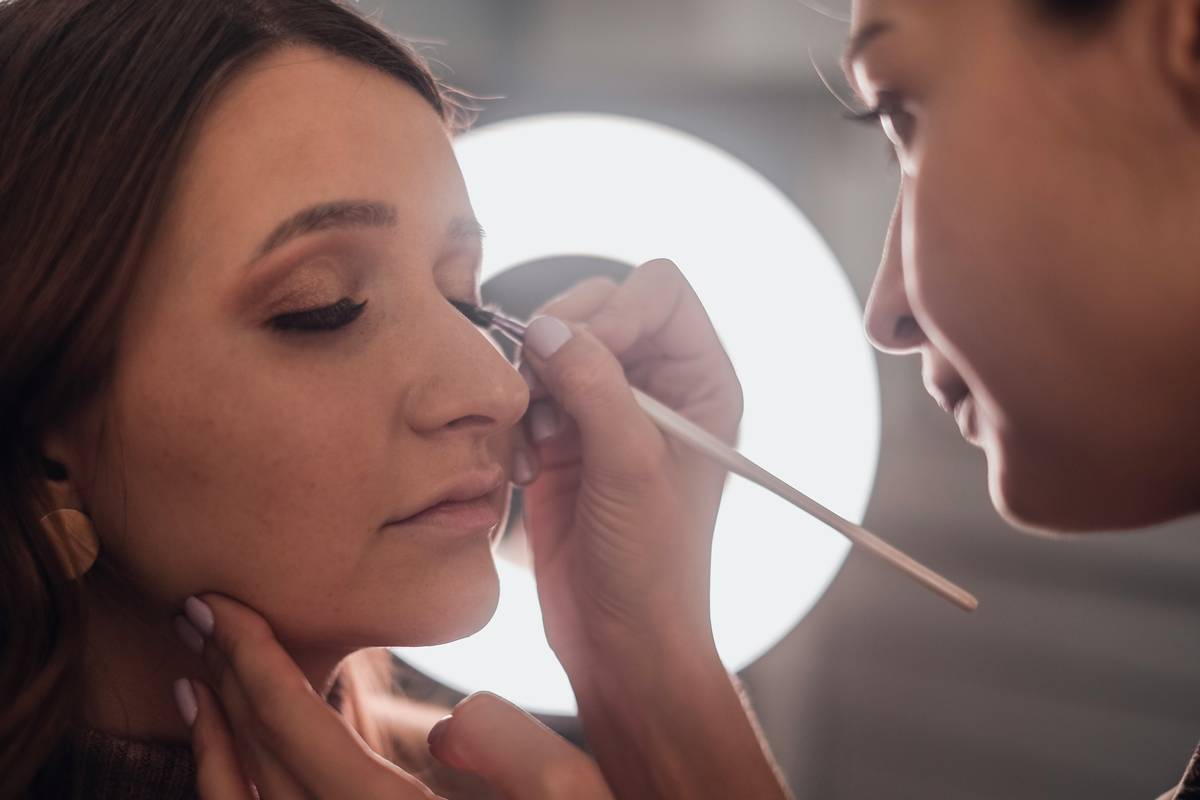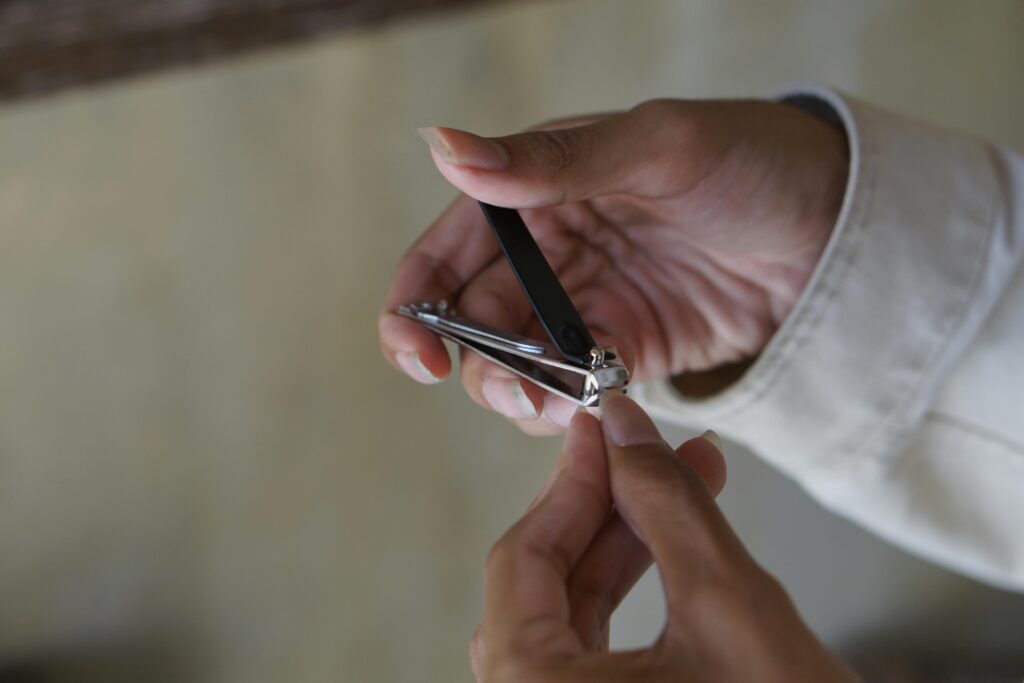Ever tried to clip your nails only to end up with jagged edges, uneven shapes, or—gasp—a nicked fingertip? You’re not alone. If you’ve ever wondered why nail care feels more like a chore than an art form, it’s time we talk about one tiny yet mighty tool: nail clippers. Let’s dive into everything from choosing the right pair to mastering techniques that make clipping feel less like surgery and more like self-care.
In this post, I’ll share my confessional fail of accidentally using industrial-grade clippers on fragile cuticles (*ouch*), actionable steps for flawless trimming, and even some brutal honesty about what NOT to do. Ready? Grab your favorite cup of coffee—or tea if you’re classy—and let’s get started!
Table of Contents
- Introduction
- The Basics: Why Proper Nail Clipping Matters
- Step-by-Step Guide to Using Nail Clippers
- Best Practices for Nail Care
- Examples of Great Nail Clippers
- FAQs About Nail Clipping
- Conclusion: Wrap Up Your Clipping Journey
Key Takeaways
- Nail clippers are essential but often overlooked tools in nail care routines.
- Choosing the right type of clipper can prevent damage and ensure precision.
- Frequent mistakes include cutting too short, filing incorrectly, and skipping aftercare.
- Proper technique involves steady hands, patience, and quality tools.
The Basics: Why Proper Nail Clipping Matters
Here’s the deal: improper nail maintenance doesn’t just look bad—it hurts. Literally. A jagged cuticle isn’t just unsightly; it invites infections and pain. And trust me, no one wants to be “that person” who accidentally stabs their finger mid-manicure session.
I once used heavy-duty toenail clippers meant for thick soles on delicate fingernails because I thought “clippers are clippers.” Spoiler alert: they weren’t. The resulting mess gave me flashbacks every time I typed—an experience I wouldn’t wish upon anyone.
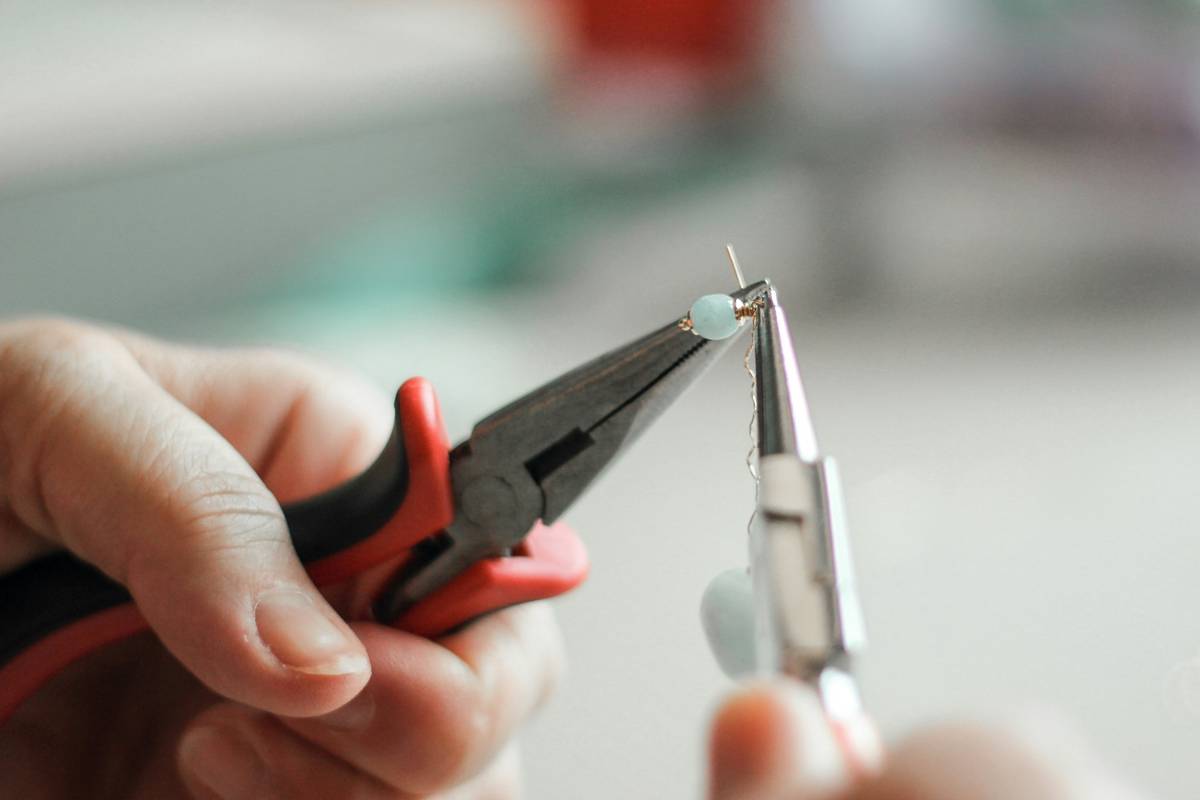
Image description: Healthy nails vs. damaged nails caused by improper clipping.
Step-by-Step Guide to Using Nail Clippers
Optimist You: “This will be quick and easy!”
Grumpy You: “Yeah, sure… unless you want perfectly shaped nails.”
Step 1: Choose the Right Clipper
Not all clippers are created equal. For fingernails, opt for smaller, curved blades designed for precision. Toenails require larger, straight-edged clippers. Always check the material—is it stainless steel? Good call. Plastic? Run far away.
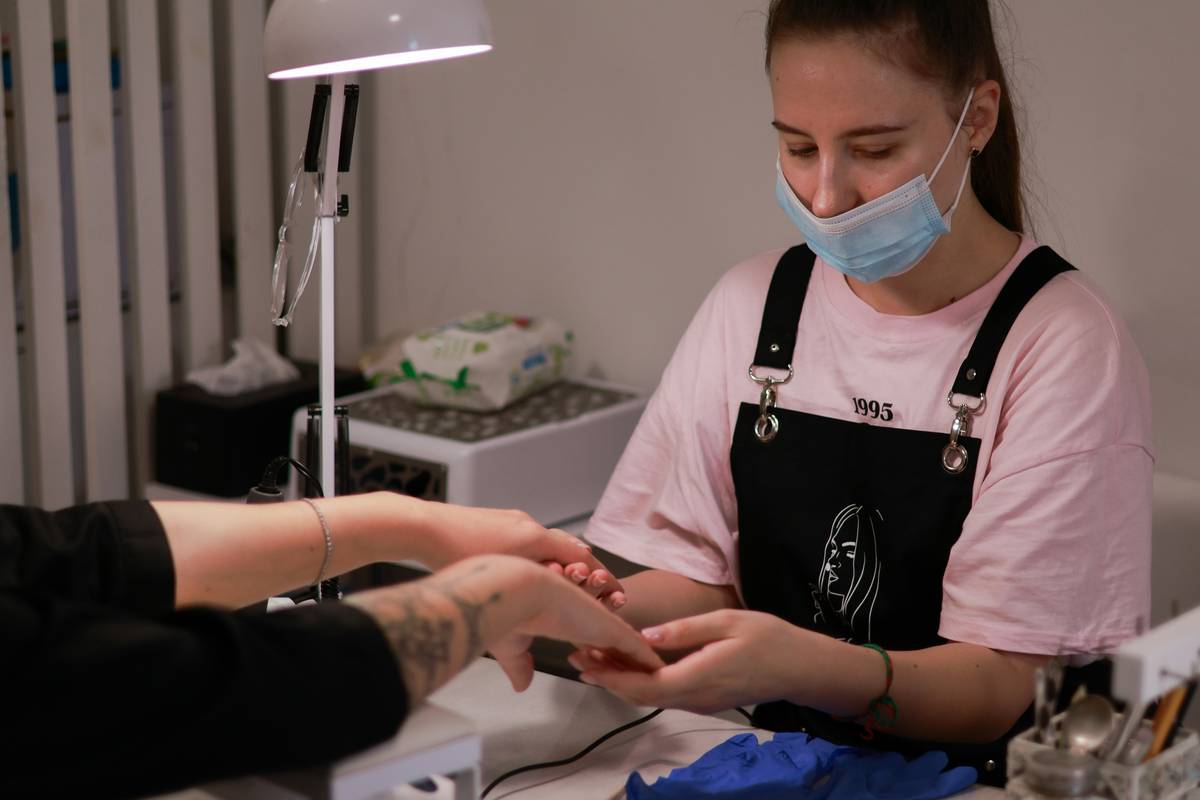
Image description: Different types of nail clippers including fingernail and toenail varieties.
Step 2: Prep Your Nails
Soak your fingers/toes in warm water for 5–10 minutes. This softens the nails, making them easier to trim without cracking. Pat dry thoroughly before proceeding.
Step 3: Trim with Care
Hold the clippers at a slight angle and work slowly, cutting small sections at a time. Avoid aggressive snips—you’re sculpting, not chopping carrots.
Step 4: File It Down
Smooth any rough edges with a fine-grit emery board. Move the file in one direction to avoid splitting.
Step 5: Moisturize Afterward
Apply cuticle oil or hand cream to keep skin hydrated and promote nail health.
Best Practices for Nail Care
- Invest in Quality Tools: Cheap clippers dull quickly and may slip during use.
- Disinfect Regularly: Clean your clippers with rubbing alcohol after each use.
- Avoid Cutting Too Short: Leave a little length to prevent ingrown nails.
- Know What Not to Do: Terrible Tip Alert – never bite your nails instead of clipping them (yes, guilty).
Examples of Great Nail Clippers
Straight Talk: Some brands truly stand out. Tweezerman’s Precision Nail Clipper set offers unparalleled sharpness, while OPI’s Professional Stainless Steel Clippers provide durability and comfort. Both receive rave reviews from professionals and amateurs alike.
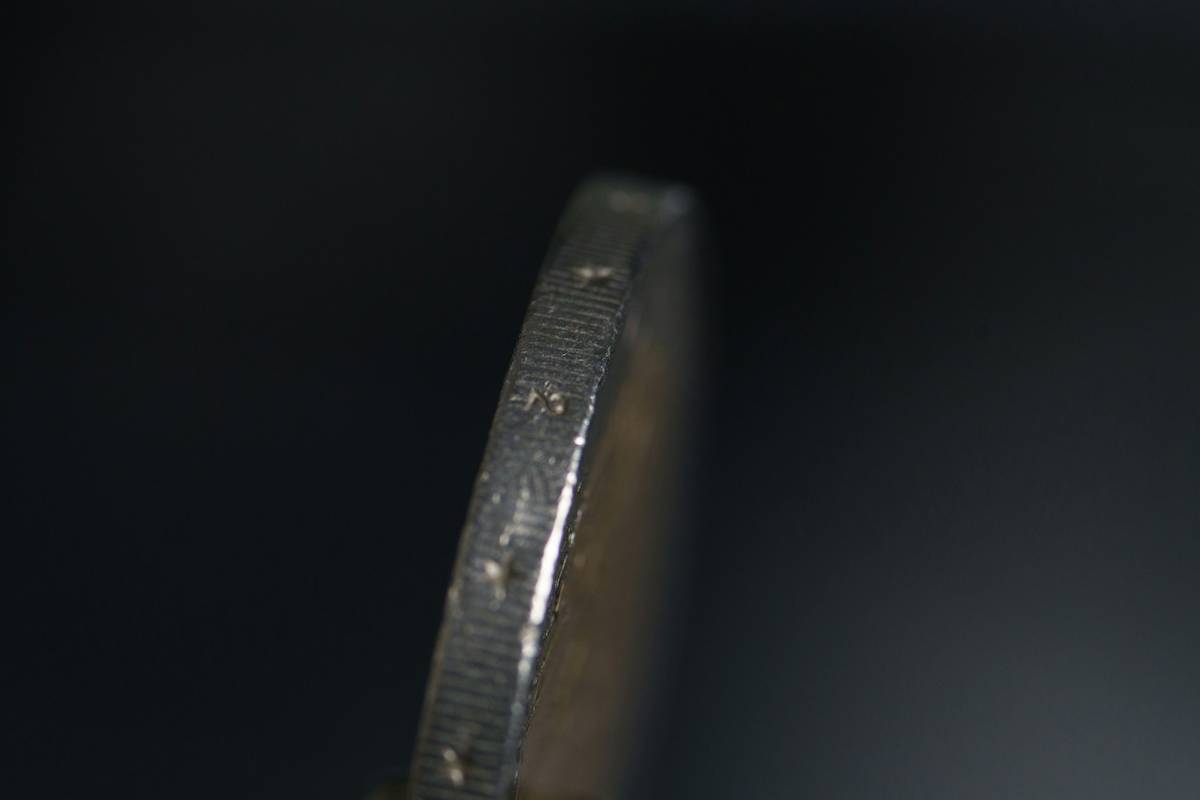
Image description: High-quality nail clippers recommended by experts.
FAQs About Nail Clipping
What type of nail clipper is best?
It depends on whether you’re working on fingers or toes. Fingernail clippers should have a curve for precision, while toenail clippers benefit from straighter edges for thicker nails.
How often should I replace my clippers?
Every 6–12 months, depending on frequency of use. Dull blades lead to painful slips.
Can I share nail clippers?
Nope. Sharing increases risk of spreading bacteria or fungal infections. Just say no.
Conclusion: Wrap Up Your Clipping Journey
Clipping your nails correctly might seem daunting, but armed with the right knowledge—and tools—you can transform this mundane task into a satisfying ritual. Remember: slow down, sanitize those clippers, and treat yourself to moisturizing goodness afterward.
“Like a Tamagotchi, your nails need daily care—don’t neglect ‘em!”
